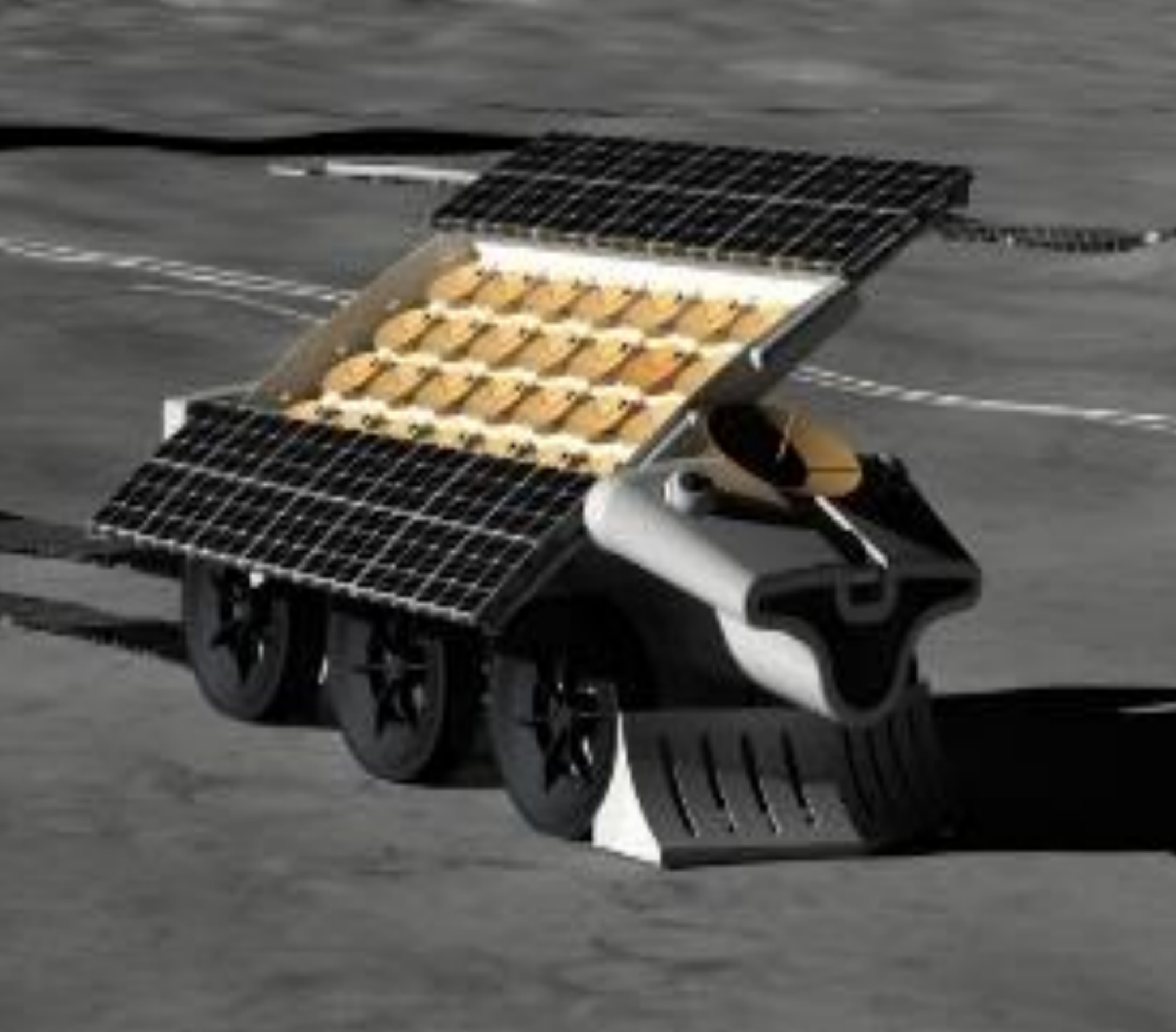Ronald Polidan
Lunar Resources, Inc.
We propose to perform an end-to-end system-level study of how to build a very large low frequency (5-40 MHz) radio observatory, “FarView,” on the lunar farside using lunar regolith materials. FarView will be a sparse array of ~100,000 dipole antennas populating a ~20×20 km area. The innovative technology elements enabling FarView will be the near exclusive use of ISRU and on-site manufacturing of almost all system elements for the radio array, including power generation and energy storage systems. FarView science is focused upon investigation in exquisite detail of the unexplored Cosmic Dark Ages using the highly redshifted hydrogen 21-cm line and identifying the conditions and processes under which the first stars, galaxies, and accreting black holes formed No equivalent observatory exists today. This radio telescope will be the first of its kind at this scale and sensitivity and will open a new window (low frequency radio) into the early universe, analogous to the detection of gravitational waves by LIGO and the details of the CMB by Planck. These measurements cannot be made from Earth due to Earth-generated radio noise and the ionosphere. FarView will be evolvable and long-lived using in-situ manufacturing techniques and occasional system upgrades from Earth. It will be of lower cost and longer lifetime than a complete antenna array launched from Earth.
Development of lunar surface infrastructure (power systems, energy storage systems, in-space manufacturing assets, space mining assets) to enable future lunar surface scientific and commercial missions. Extraction and refinement of oxygen and metallics from regolith processing activities to be used for future lunar outpost and other in-space manufacturing and human spaceflight activities on the lunar surface and in-space.
With the NASA Artemis Program now underway, this study will provide a timely assessment of the value and needs of this important scientific observatory and develop technologies to enable a sustained lunar presence.

































